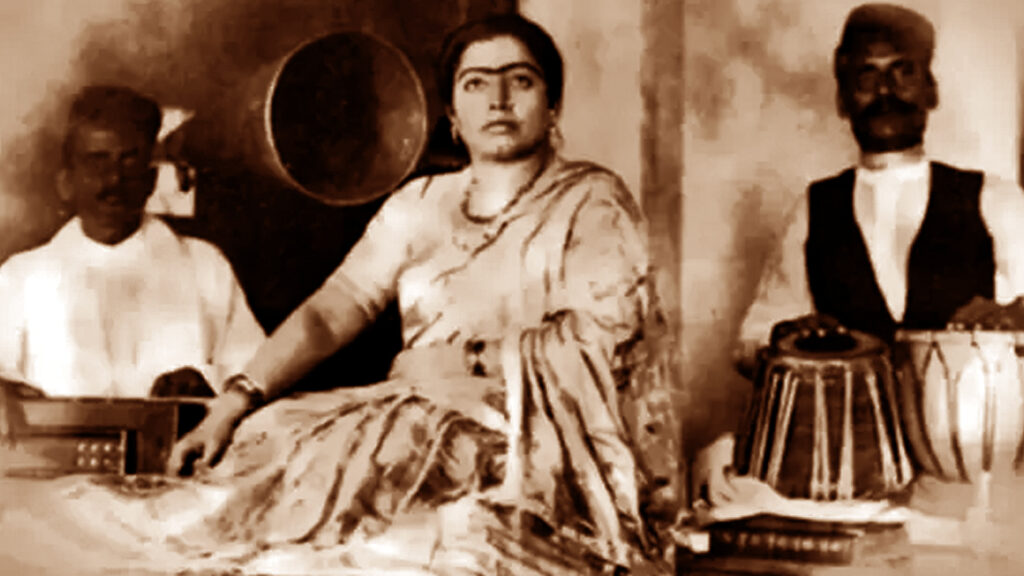
In a time when a few hundred rupees were considered an incredible sum, Gauhar Jaan stood as a trailblazer, becoming India’s first crorepati singer purely through her talent and popularity. She remains an iconic figure, celebrated as the “Gramophone Girl.”
Angelina Yeoward was born in 1873 to an Armenian father in Azamgarh, and her early years were marked by upheaval. After her parents’ separation, her mother, Victoria, embraced Islam, becoming Malka Jaan, and Angelina was renamed Gauhar Jaan. Malka Jaan’s move to Calcutta in 1883 set the stage for Gauhar’s future. Growing up in her mother’s kotha, Gauhar mastered classical music and gave her first performance in 1888. By 1896, she performed in Calcutta as the “first dancing girl” and a court musician at Darbhanga Raj.
Gauhar’s fame skyrocketed in the early 1900s when she embraced gramophone technology, condensing her classical performances into 2-3 minute recordings. Her records became a phenomenon, earning her fees of ₹1,000-3,000 per recording—unprecedented in those times. By comparison, iconic singers like Lata Mangeshkar and Mohammed Rafi earned ₹500 per song decades later.
Gauhar’s wealth and confidence were legendary. She rode in a horse-drawn buggy, a privilege usually reserved for Viceroys, and even paid fines for flouting regulations with her evening rides. One admirer gifted her a private train for her travels, and she performed at King George V’s coronation in 1911—a rare honor.
However, her later years were marred by illness and financial troubles. Moving to Mysore, she became the palace musician but struggled with depression and passed away in 1930, virtually penniless.
Despite her struggles, Gauhar Jaan’s legacy endures. Her groundbreaking recordings laid the foundation for modern Indian music, inspiring generations of artists and securing her place as India’s first singing superstar.
